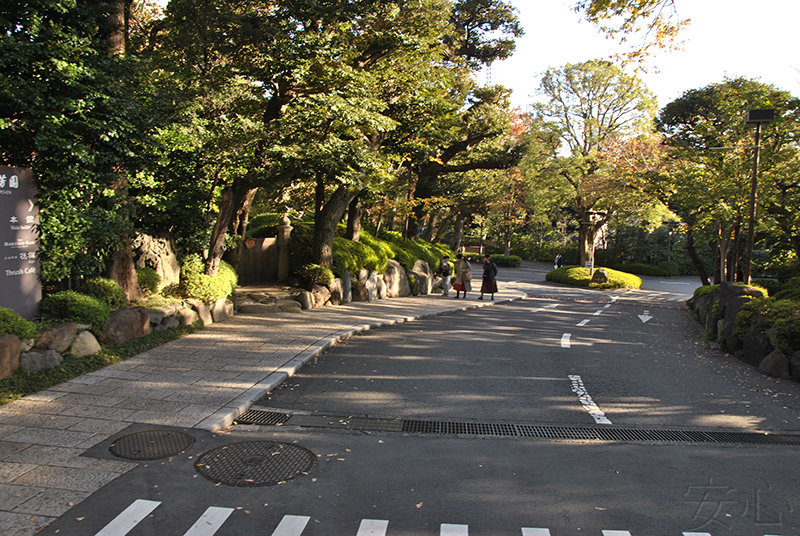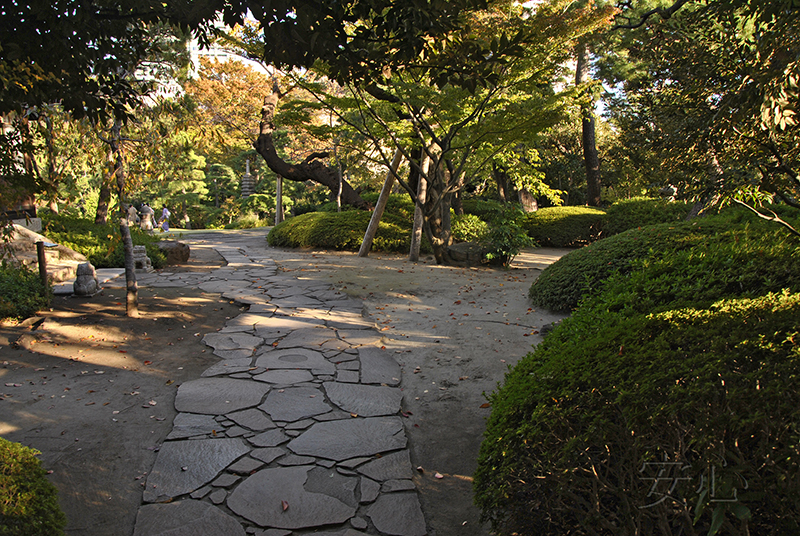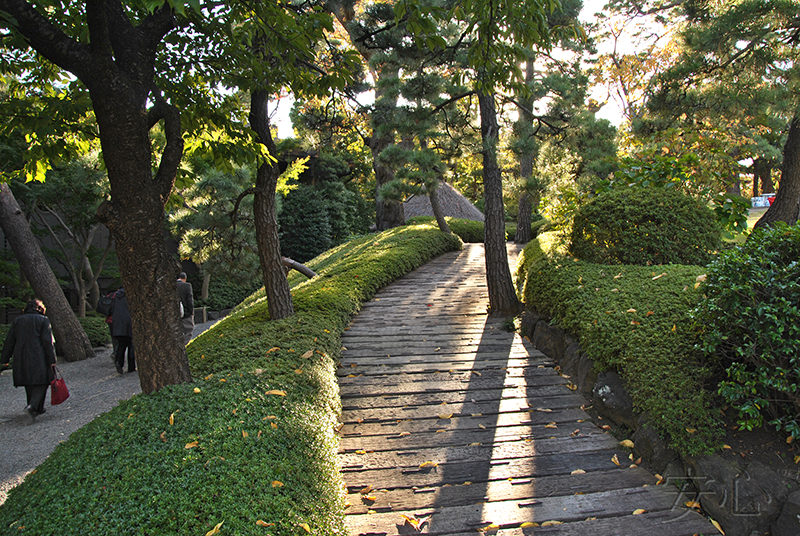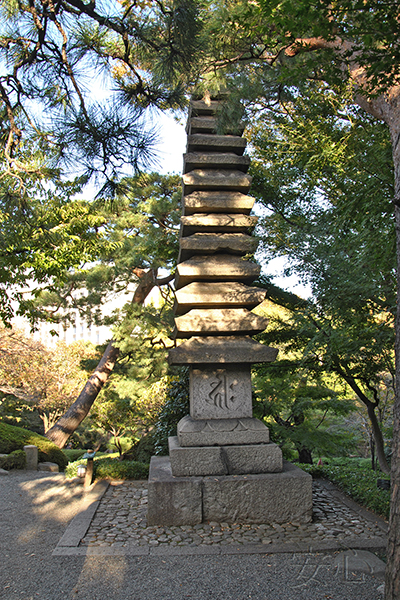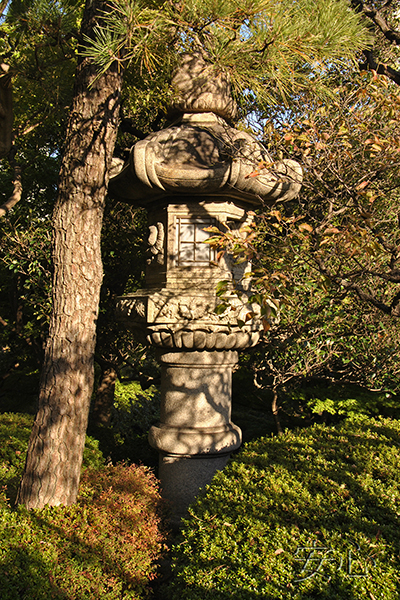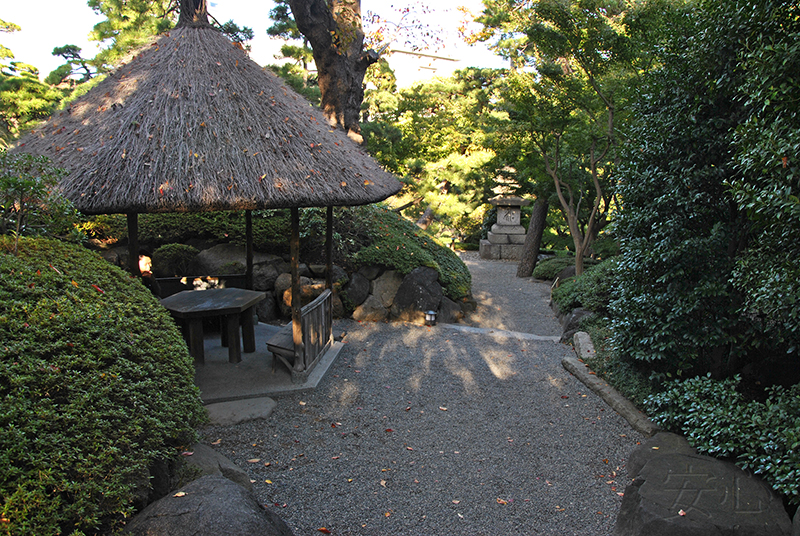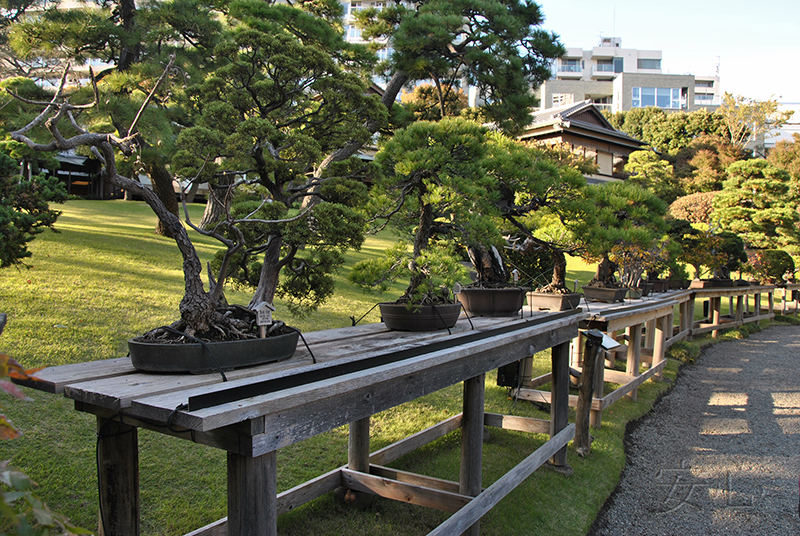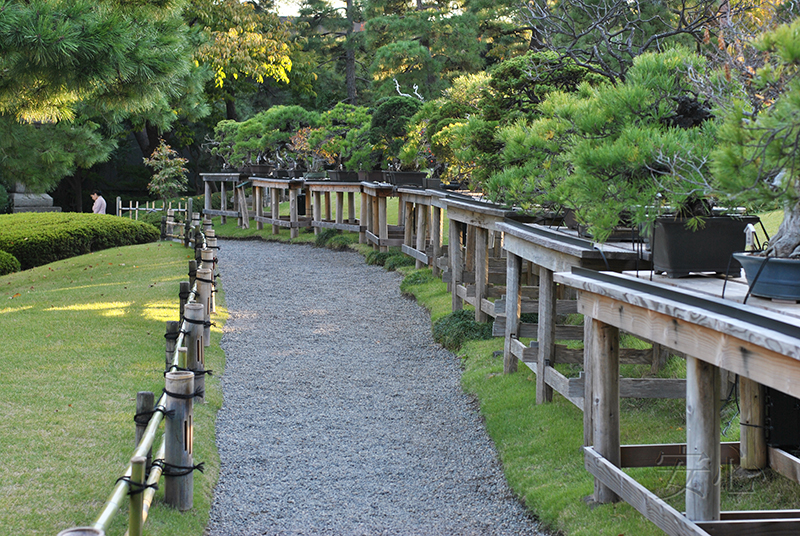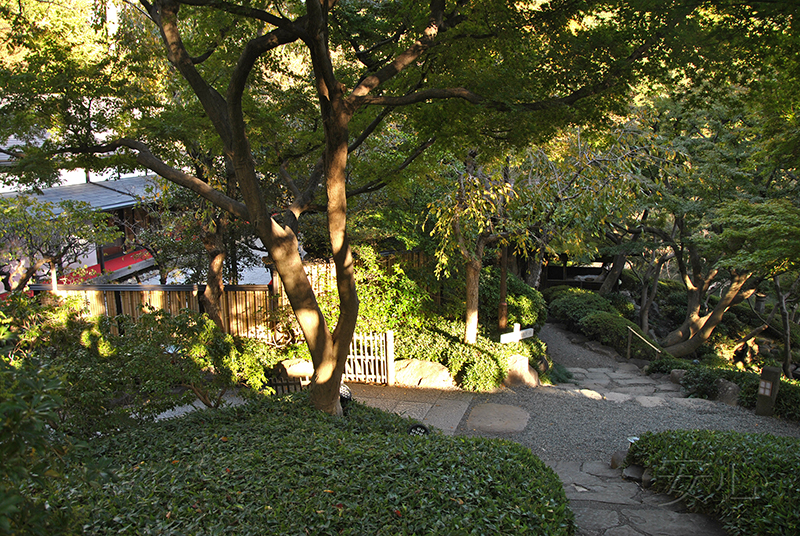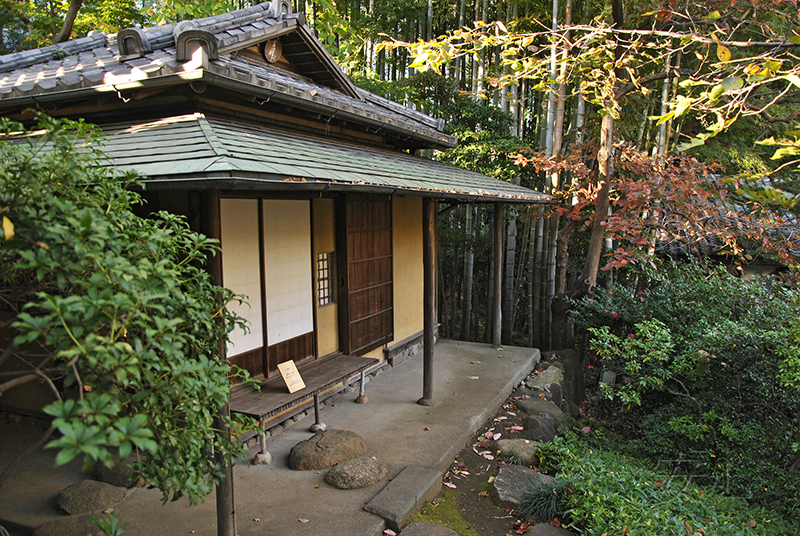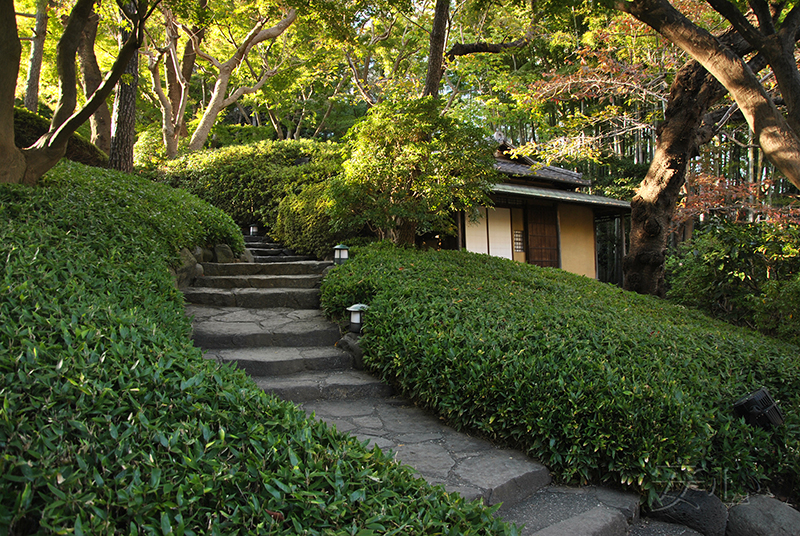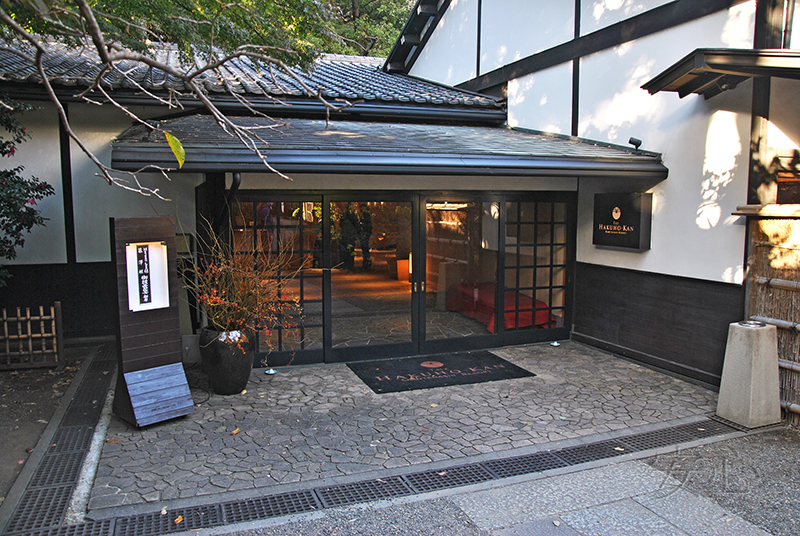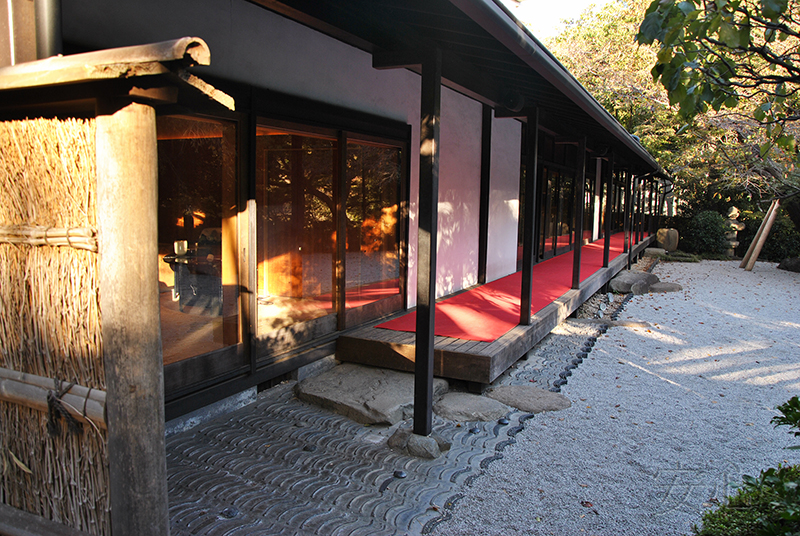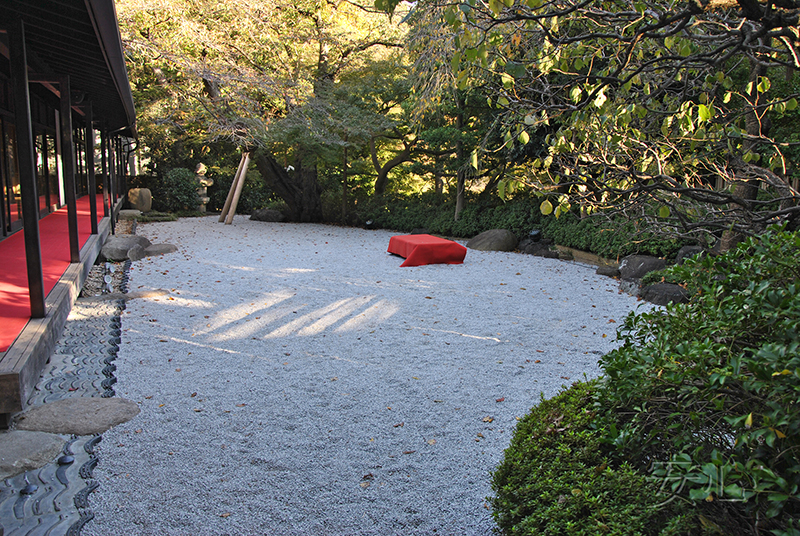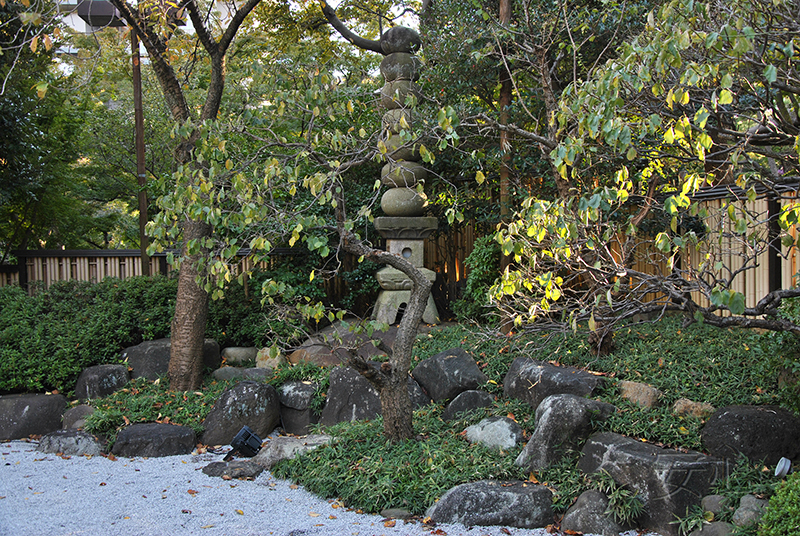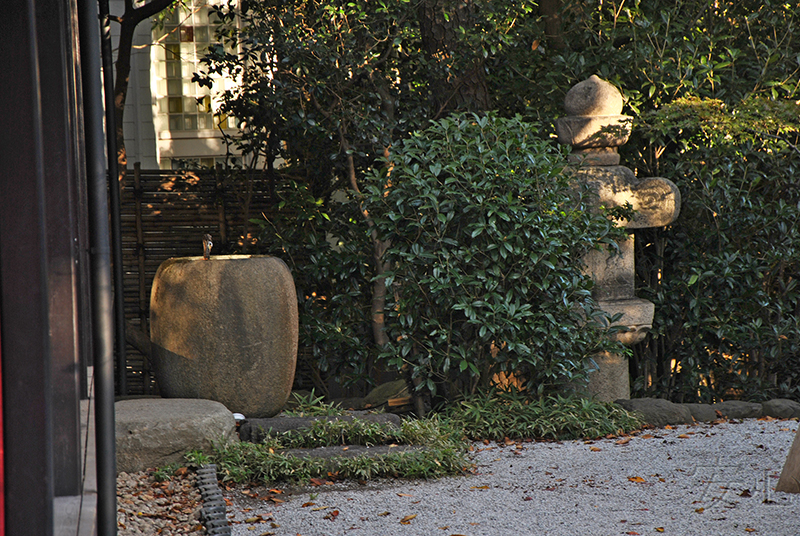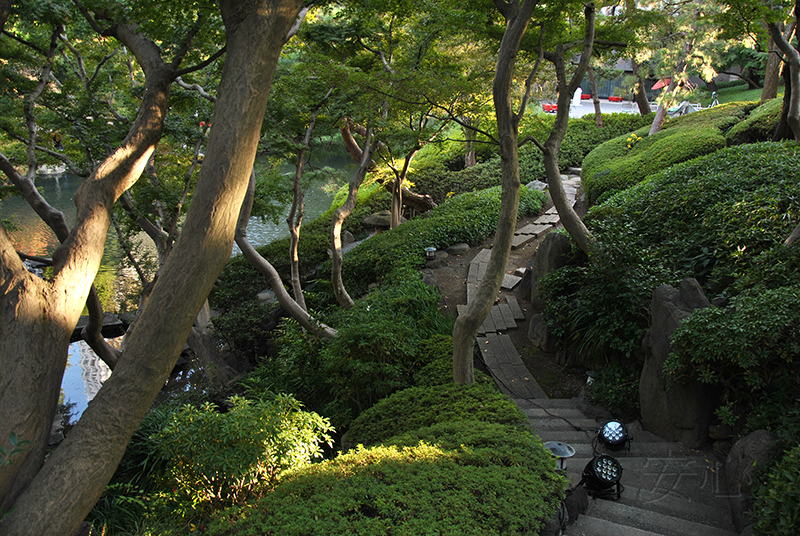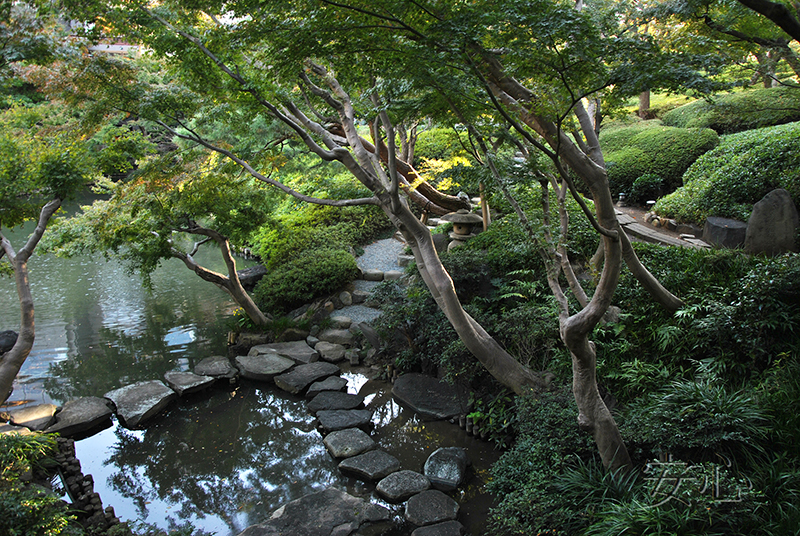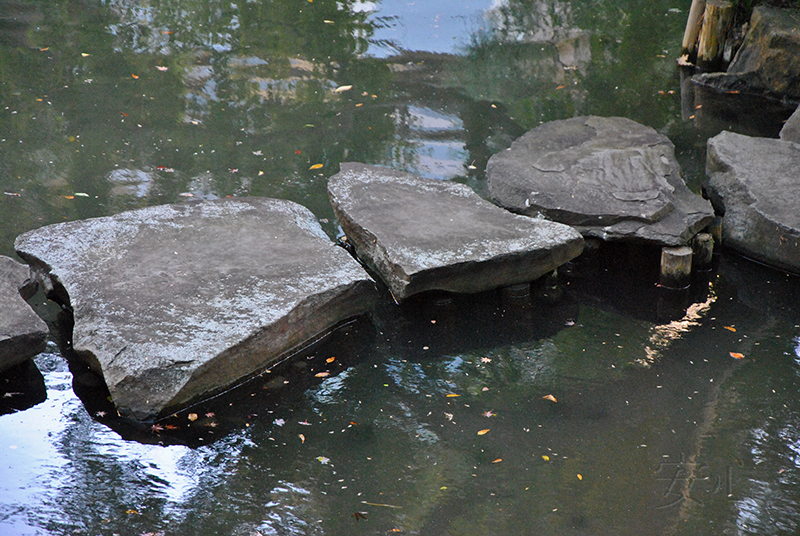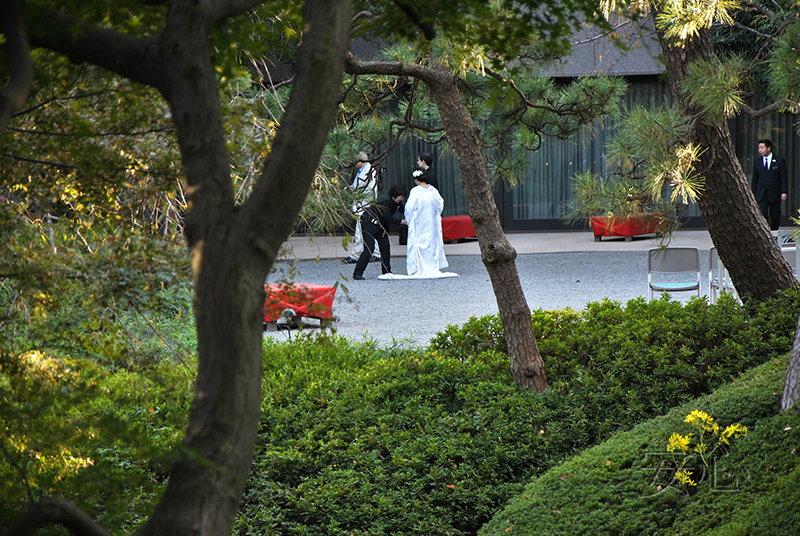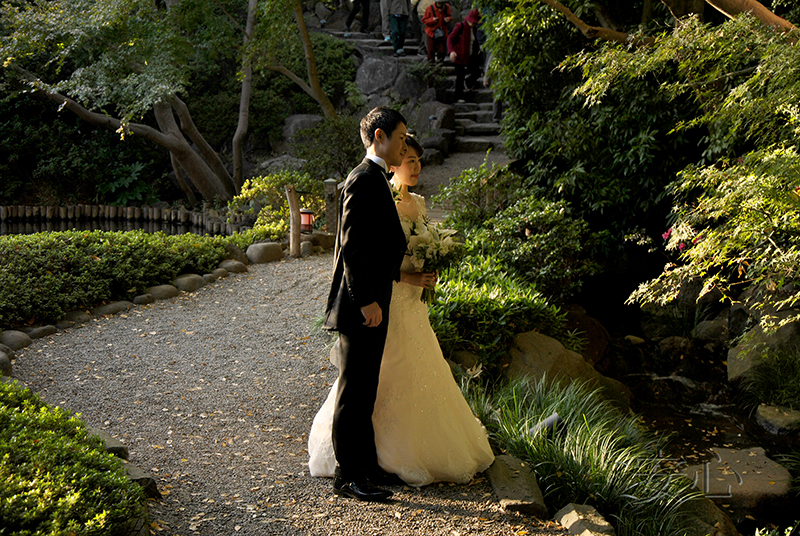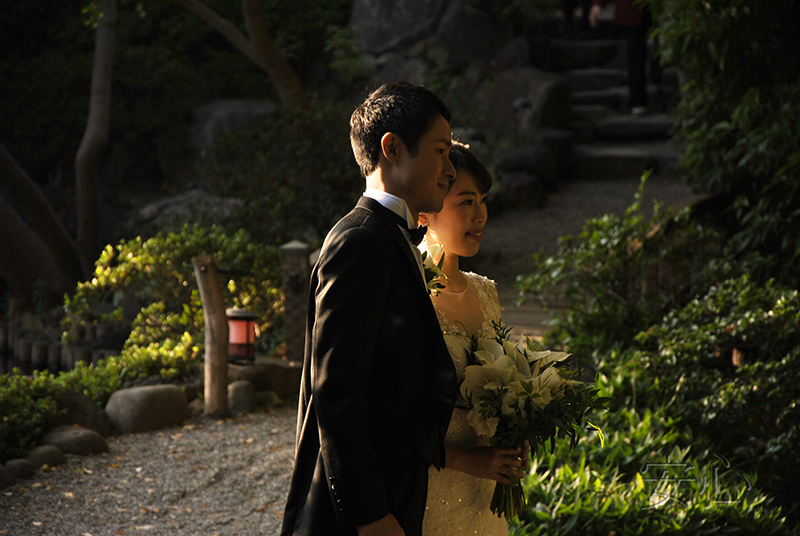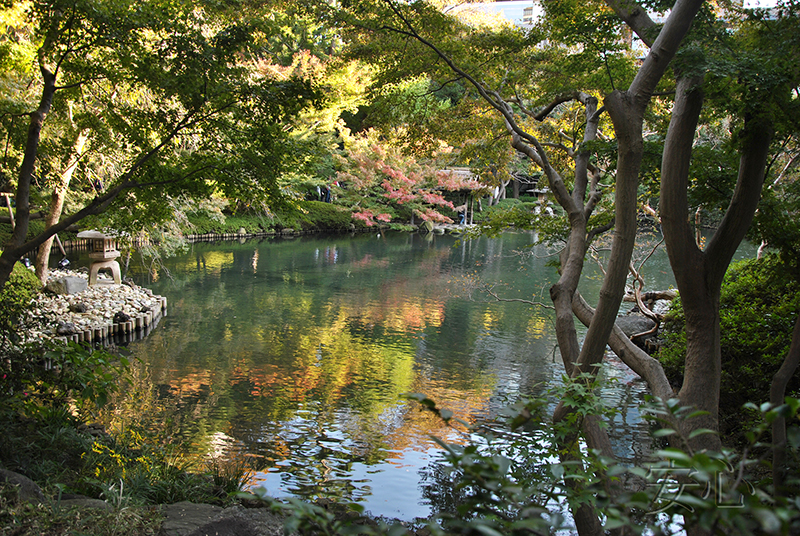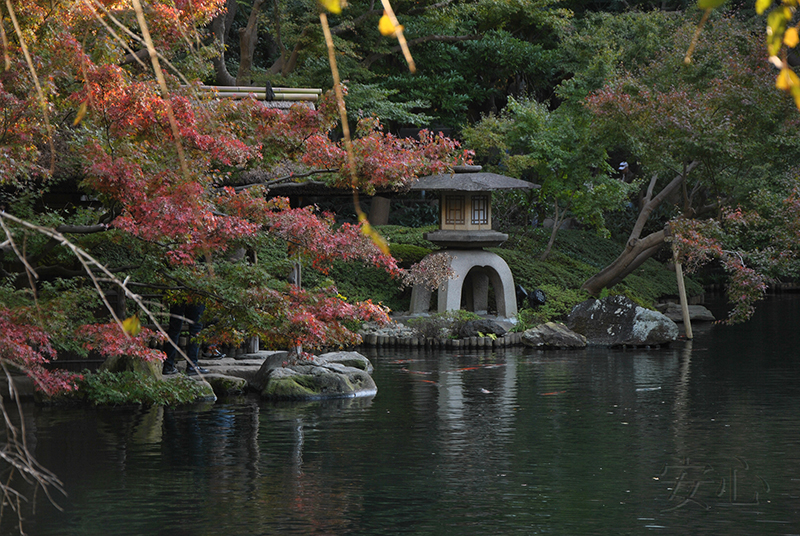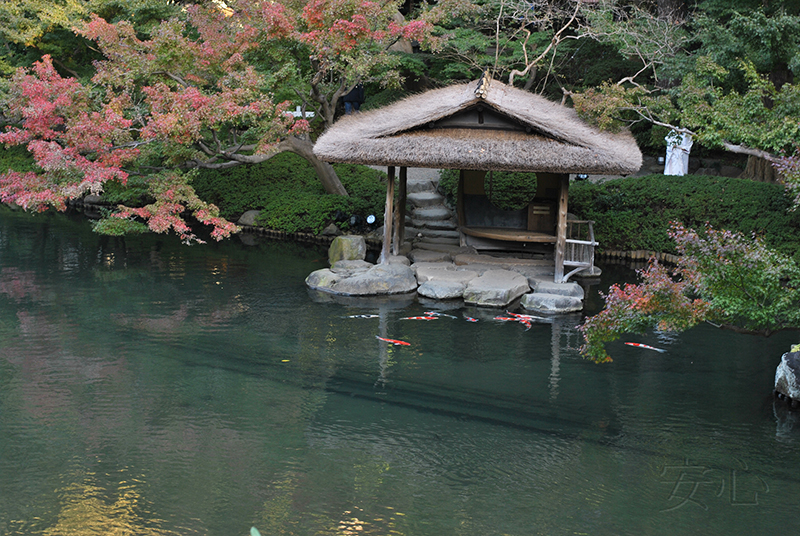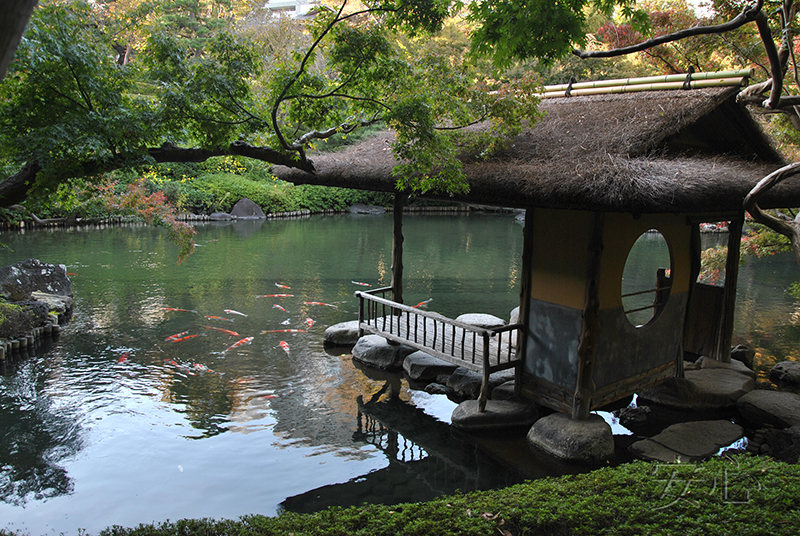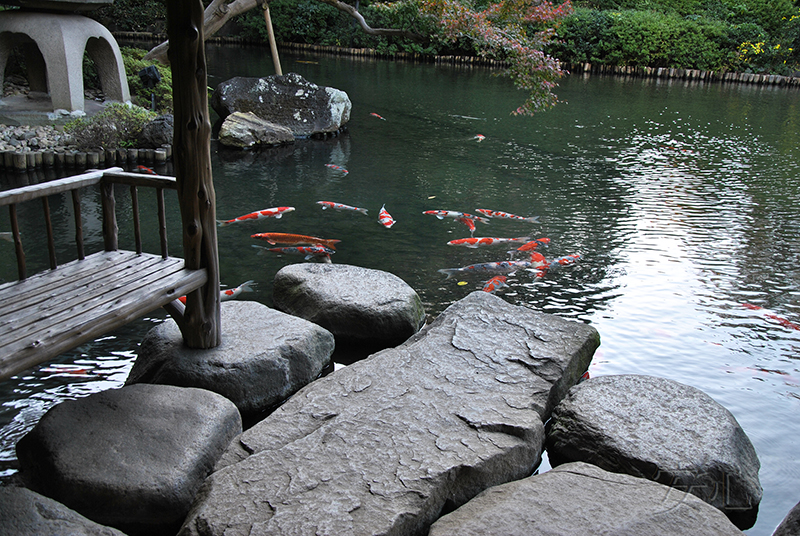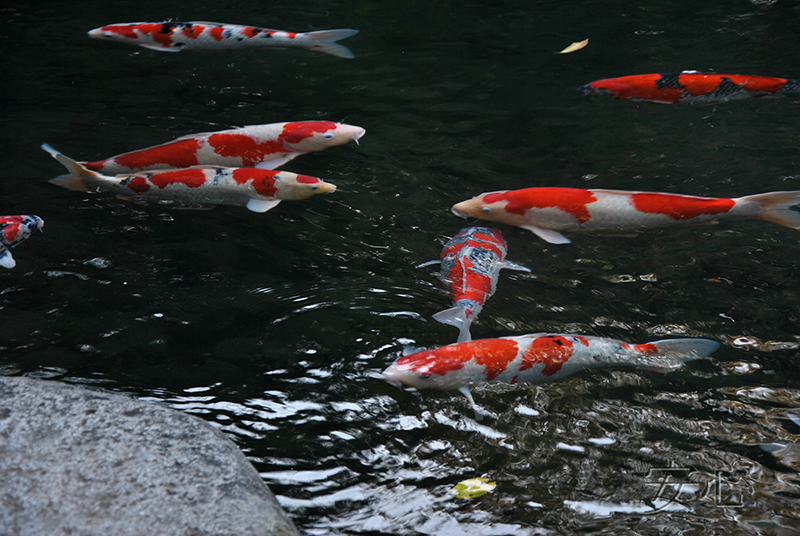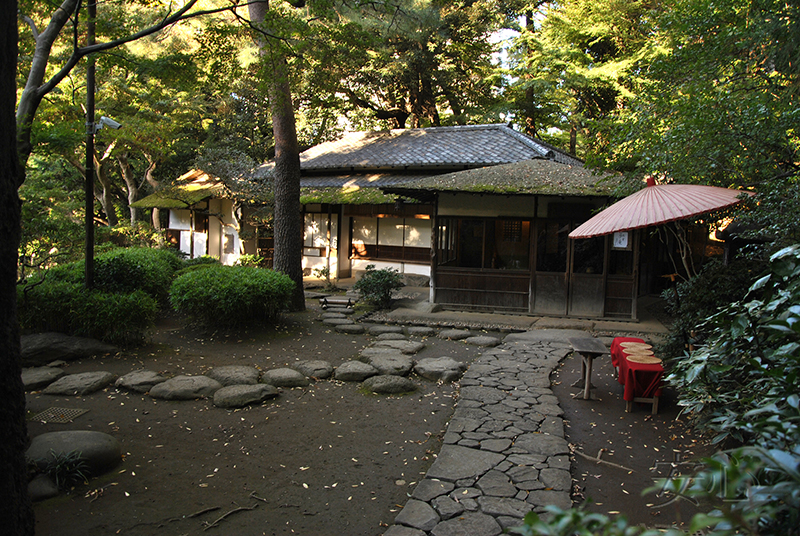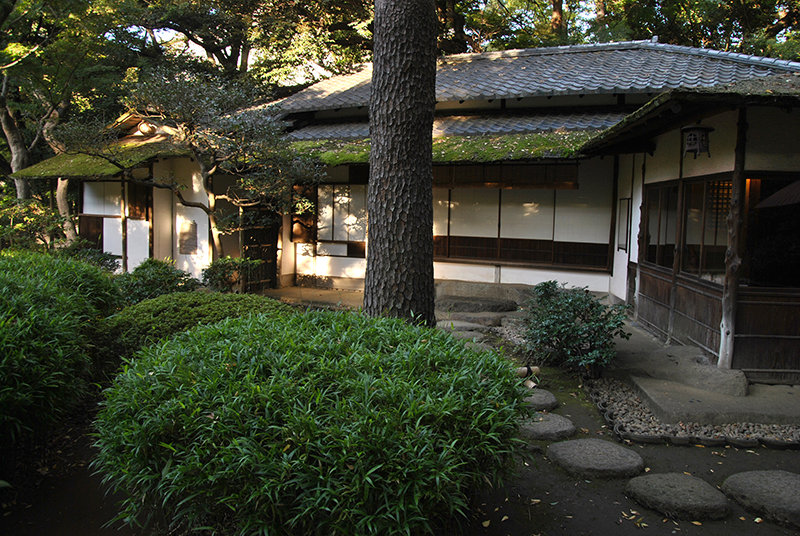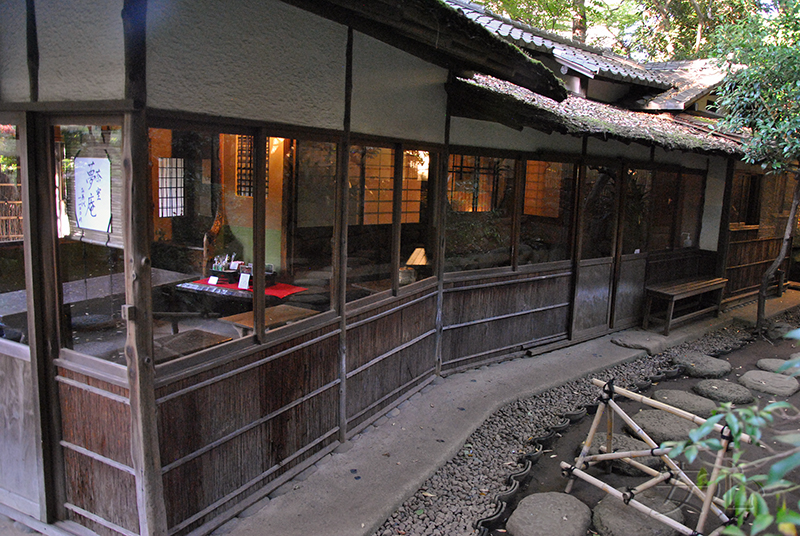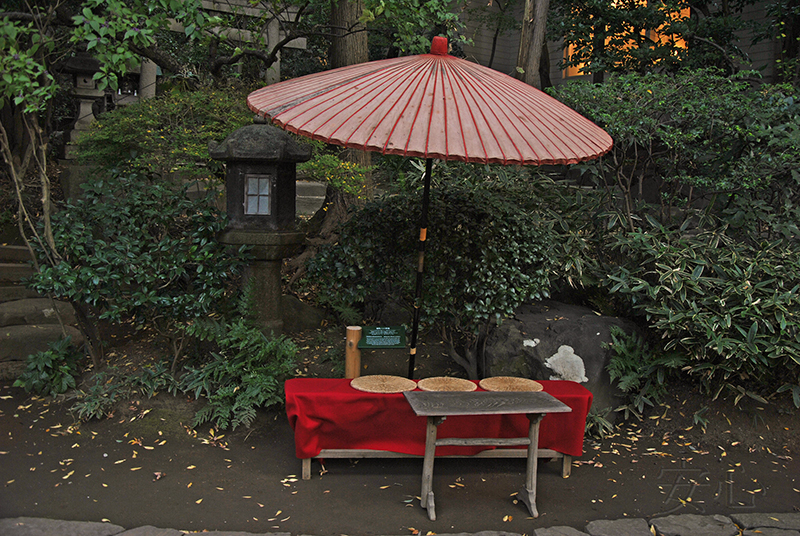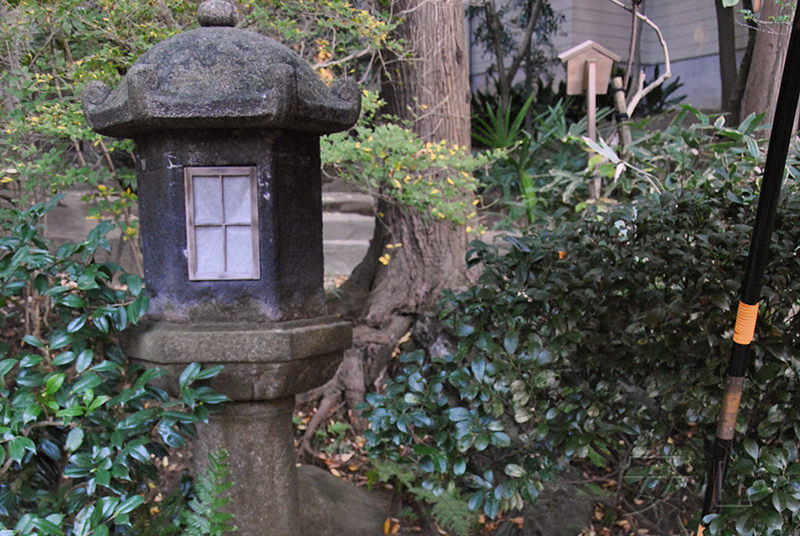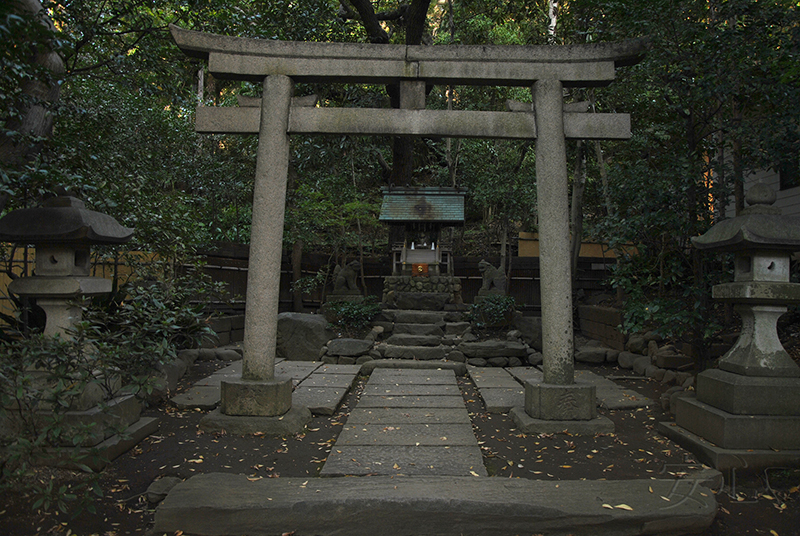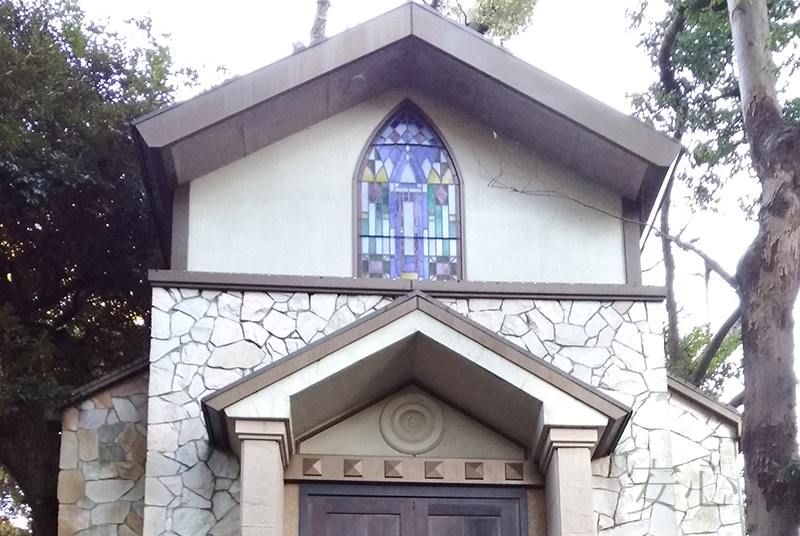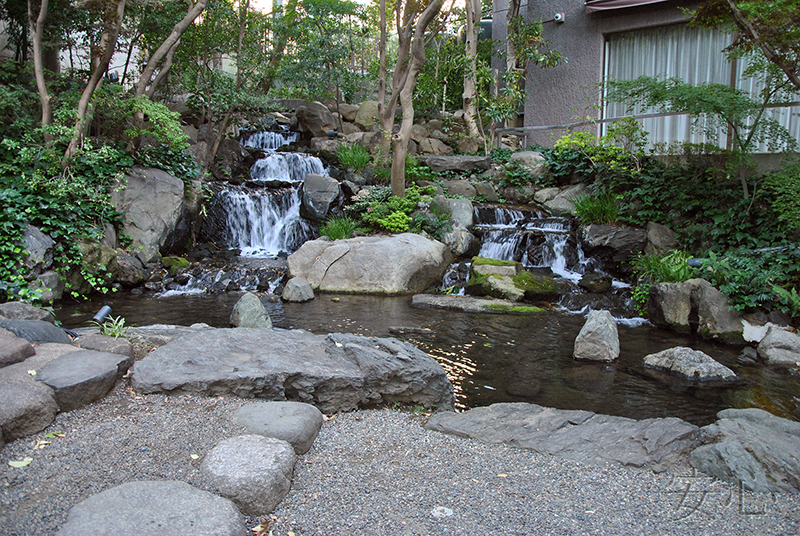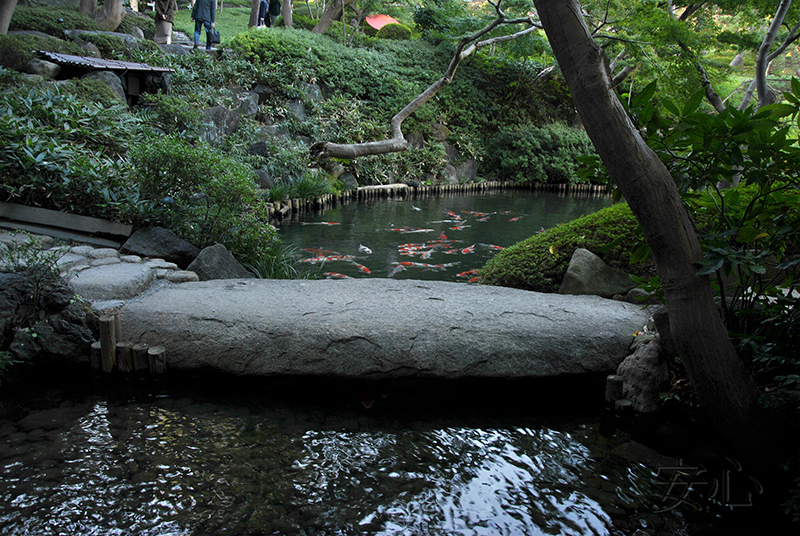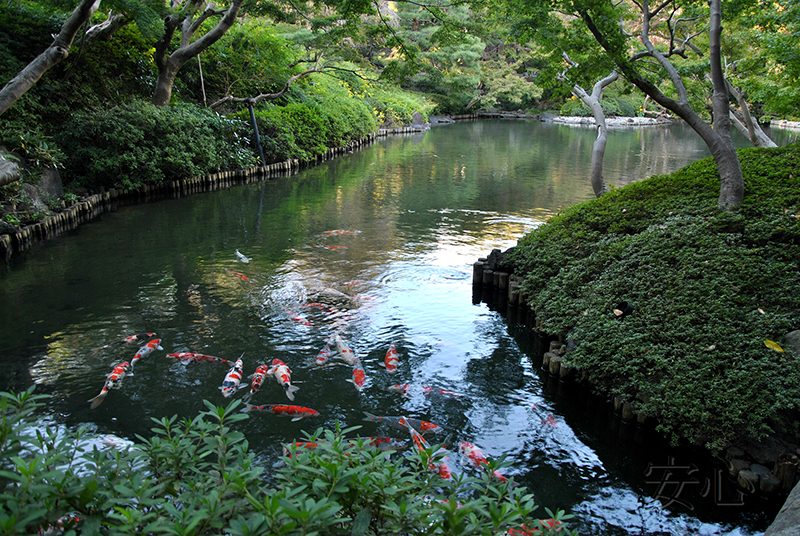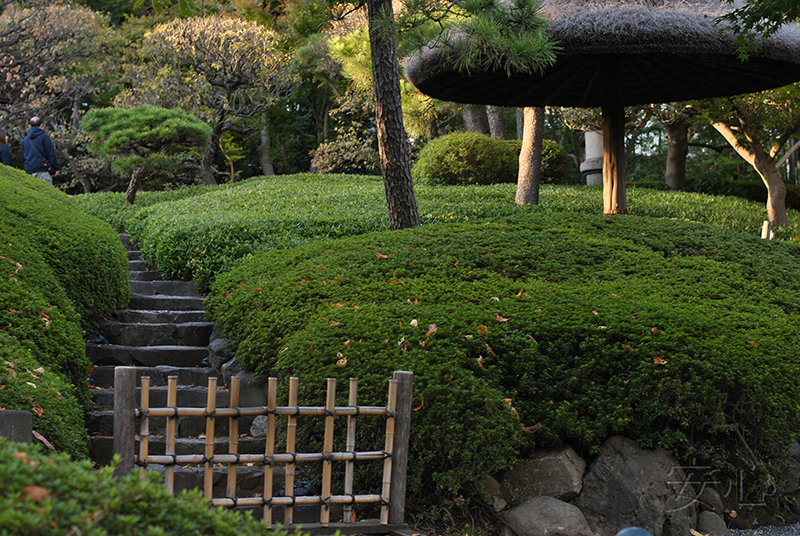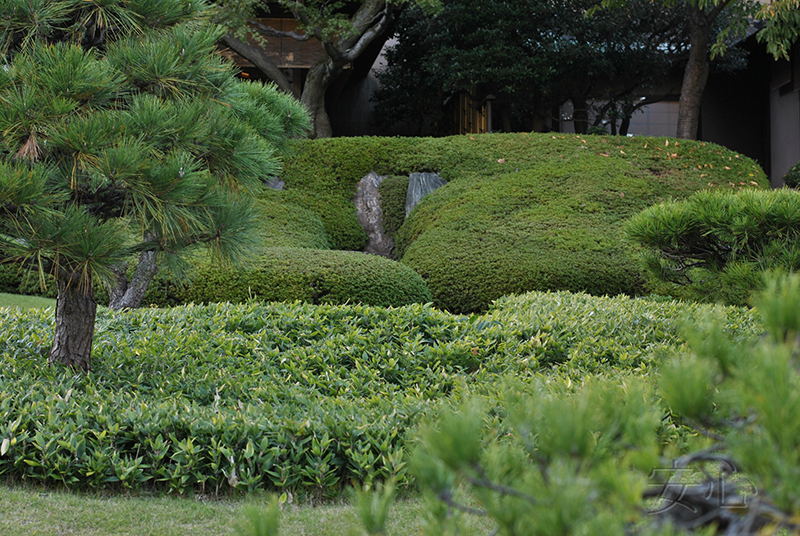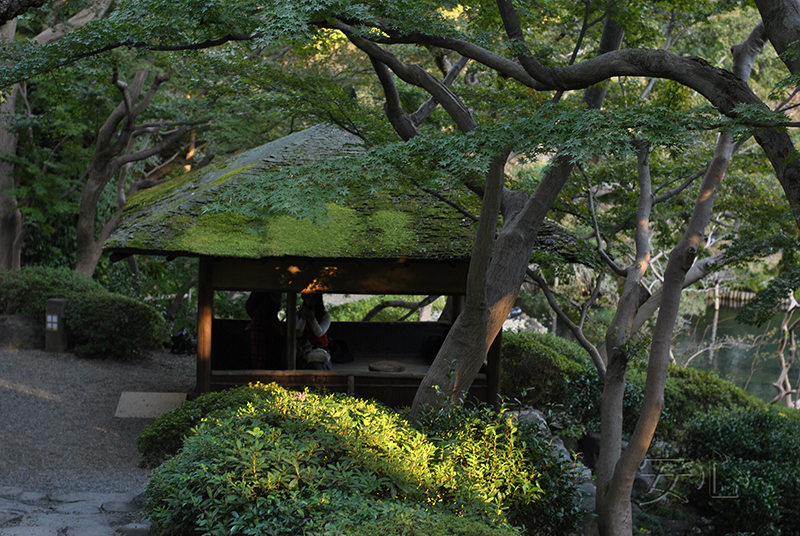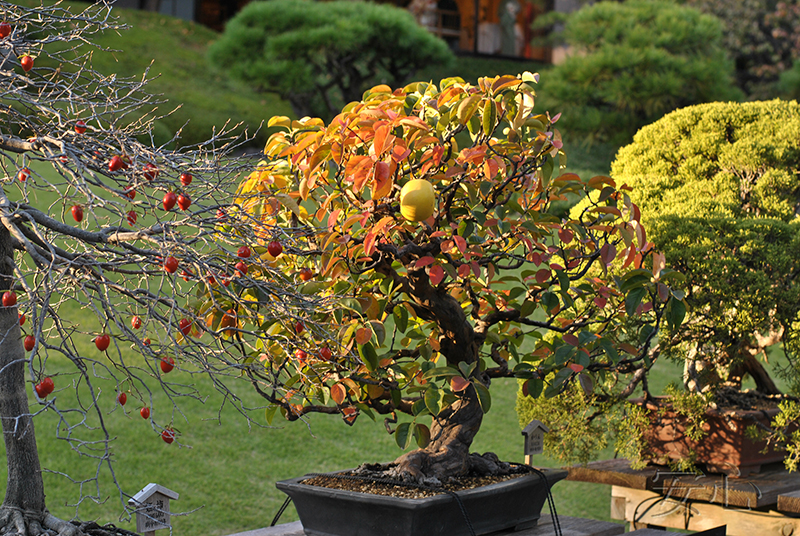
Happo-en Garden in Tokyo
In Tokyo we visited two large parks in one day, Koishikawa Koraku-en and Happo-en. Just like the first garden, Happo-en was created in the 17th century for the confidant of the shogun Ieyasu Tokugawa, samurai Tadataka (Tadashi) Okubo. After changing several owners, in 1915 the estate was transferred to the industrialist, the founder of Hitachi, Fusanosuke Kuhara, who remodeled the garden and built most of today's buildings.
Just like Koraku-en, in Happo-en, the natural features of the area are most advantageously used. The garden is located on a picturesque slope. In fact, the road to the garden is a continuous descent down.
Here are many interesting details, some of them are of a very respectable age. Already at the beginning of our path we met a pagoda, a huge stone lantern and a covered arbor. On some sites it is written that the pagoda is about 1000 years old, but I have not yet found confirmation of this.
Along the path passing through the center of the hill, bonsai are exposed. Most of them are over a hundred years old, and one is even over five hundred! But which one is difficult to guess, they are all beautiful.
Further descent continued on the left side of the garden.
To the left, the Kaku-tei tea house is hidden among the bushes.
And if you go even lower, you can find a more modern tea house Hakuhokan.
In front of teahouse there is a place covered with light gravel. However, unlike classic dry gardens, here it is designed to walk on it. This is indicated by numerous tracks on the gravel and a red table in the center.
And yet this is not just a place for entertainment, it is also a garden, albeit uncharacteristic for Japan. Along the contour of the site there are plants, a pagoda, a lantern and a stone bowl.
Having examined the tea house, we continued to descend. From here the pond and its details are already clearly visible.
In the distance, we noticed preparations for the wedding.
Actually, Happo-en is nowadays actively used for weddings or other celebrations. And this is his main difference from Koishikawa Koraku-en. Couples from all over Tokyo come here not only for banquets, but also for wedding photo shoots. Especially beautiful are photos in the rays of the setting sun.
But for those who came for a walk in this green oasis, the big pond is of most interest. It is especially nice to walk near the water in the summer, during the heat, as here is shady, cool and fresh. However, in the fall we also were very comfortable.
Undoubtedly, the main character of the pond is the Suichin arbor, located on the water. It attracts not only tourists eager to relax in coolness, but also participants in numerous wedding photo shoots. As a rule, they are photographed on a hill on the other side, but so that the frame includes a waterside arbor.
Bright koi carps swim in the pond, and they like to be around next to the arbor. Apparently, they can be fed there. But we did not have time to verify this assumption, since there is very little time left before sunset.
On the shore, a little to the side, is historical value, the Muan Teahouse. It was originally built during the Edo Era by Tanaka Heihachi , a wealthy silk merchant. Later it was moved to Happo-en and reconstructed. Its name "Muan" dates back to the Muromachi Era, and its muted elegance reflects the essence of the tea ceremony spirit.
In front of the entrance is a Midaroku Stone Lantern, which was carved more than 800 years ago! The author is Taira-No Munetaka, a samurai of the Heike clan. After the Heike were defeated by the rival Genji clan in the Genpei War, he took the tonsure and became a stonemason . Lanterns made by Taira-No Munetaka were erected at sites of battles in which the Heike met defeat as memorials to those who died. This one alone has survived the ravages of time.
To the right of the tea house is the Shinto Daigo Shrine, dedicated to Emperor Jimmu (660 BC - 585 BC) and Emperor Meiji (1852 - 1912). Despite its small size, this shrine is of great importance, it is declared a national monument.
More to the right there is a small chapel.
And behind the chapel we saw a waterfall. From here the entire water system of the garden originates.
We crossed a stream over a stone bridge. A cluster of fish was also observed here.
Now we had to go up to get to the exit. We walked, admiring the stunning arrays of shrubs forming various forms and creating their own relief on the slope.
The name of the garden is literally means "The Garden of Eight Views", or "the garden, beautiful from all sides." The number "8" in Japan is considered to be happy, and in the same way, Happo-en makes everyone who comes here happy, because the person magically move from a hot, stuffy city to an unusually beautiful garden, cool, shady and soothing.
Garden Information:
Address: 108-0071 Tokyo, Minato-ku, Shirokanedai 1-1-1, JAPAN
Opening hours: from 9 a.m. to 8.30 p.m.
anshin©2011All rights reserved. When using the materials of the site, reference is obligatory.
Proposals for co-operation, as well as comments and suggestions on the site please send to the address: anshinsad@gmail.comtel: +7 (965) 121-80-60, 10am-20pm
